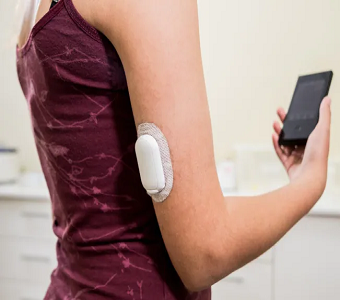More data from Shionogi, Bellus’ competitor, was presented at European Respiratory Society (ERS) this weekend. Shionogi presented an abstract for their selective P2X3 antagonist, S-600918, and showed that the taste effect was significantly less than Merck. Shionogi’s efficacy showed similar reduction in cough to market leader Merck.
Dysgeusia (taste alteration) was reported by 1/31 patients (3.2%) and hypogeusia (reduced ability to taste) reported by 1/31 patients (3.2%). In total, only 2 patients (6.5%) reported a taste event, which compares very well to Merck’s Phase 2 where taste events were seen in 71% of patients.
Here’s how Shionogi and Merck compare head to head:
What Does This Mean for Bellus?
Shionogi’s data further supports that selective P2X3 antagonists provide a similar reduction in cough to Merck's candidate, without the taste disturbance. This data supports Bellus’ upcoming Phase 2a data and suggests that Bellus’ candidate should have little to no effect on taste loss given:
- Phase 1 data (read here) that showed taste alteration in 1/24 patients (4.2%)
- Enhanced selectivity for P2X3 vs. P2X2/3 is higher for Bellus (1,500X for Bellus vs. an estimated 175X for Shionogi)
However, Shionogi’s better than expected taste data also means that its candidate may pose as a bigger threat to Bellus. Shionogi’s candidate, albeit in a small Phase 2 sample size, has shown similar cough reduction to Merck with significantly less taste loss. Additionally, Shionogi will be dosed once daily vs. twice/day for Bellus and Merck.
Bottom Line: Shionogi’s better than expected taste results further validate mechanism of selective P2X3 candidates. This suggests that Bellus’ candidate should also have little to no effect on taste. With this data, Shionogi is positioned to be a competitive threat to Bellus. Chronic cough market is large enough to support multiple P2X3 players like Bellus, Merck, Shionogi and Bayer.
Bellus’ Preclinical Data on Their Second Indication
Bellus also presented preclinical data on their candidate BLU-5937 in pruritus at the European Society for Dermatological Research (ESDR). Although preclinical and early, this data was the foundation for Bellus’ planned Phase 2 (expected to be initiated mid-2020) in chronic pruritus associated with atopic dermatitis.
Data showed that Bellus’ candidate had anti-itching effect as observed in the dry skin and atopic dermatitis chronic itch mouse models.
In the dry skin mouse model, BLU-5937 was compared against saline (vehicle) and U50-488 (kappa-opioid). Kappa-opioids, such as Cara Therapeutics’ (CARA) pipeline, have shown a significant anti-itching effect. In the mice model, BLU-5937 reduced scratches by a statistically significant amount (p< 0.001), although not as much as the kappa-opioid.
In the chronic itch atopic dermatitis mouse models, BLU-5937 was compared against saline (vehicle arm) and U50-488 (kappa-opioid). BLU-5937 reduced itching by a statistically significant amount to vehicle (p< 0.0001).
Bottom Line: Although early and preclinical, data shows that P2X3 candidate can be viable in indications outside of just chronic cough.
Disclosure: PropThink contributors are LONG BLU
Access This Content Now
Sign Up Now!




